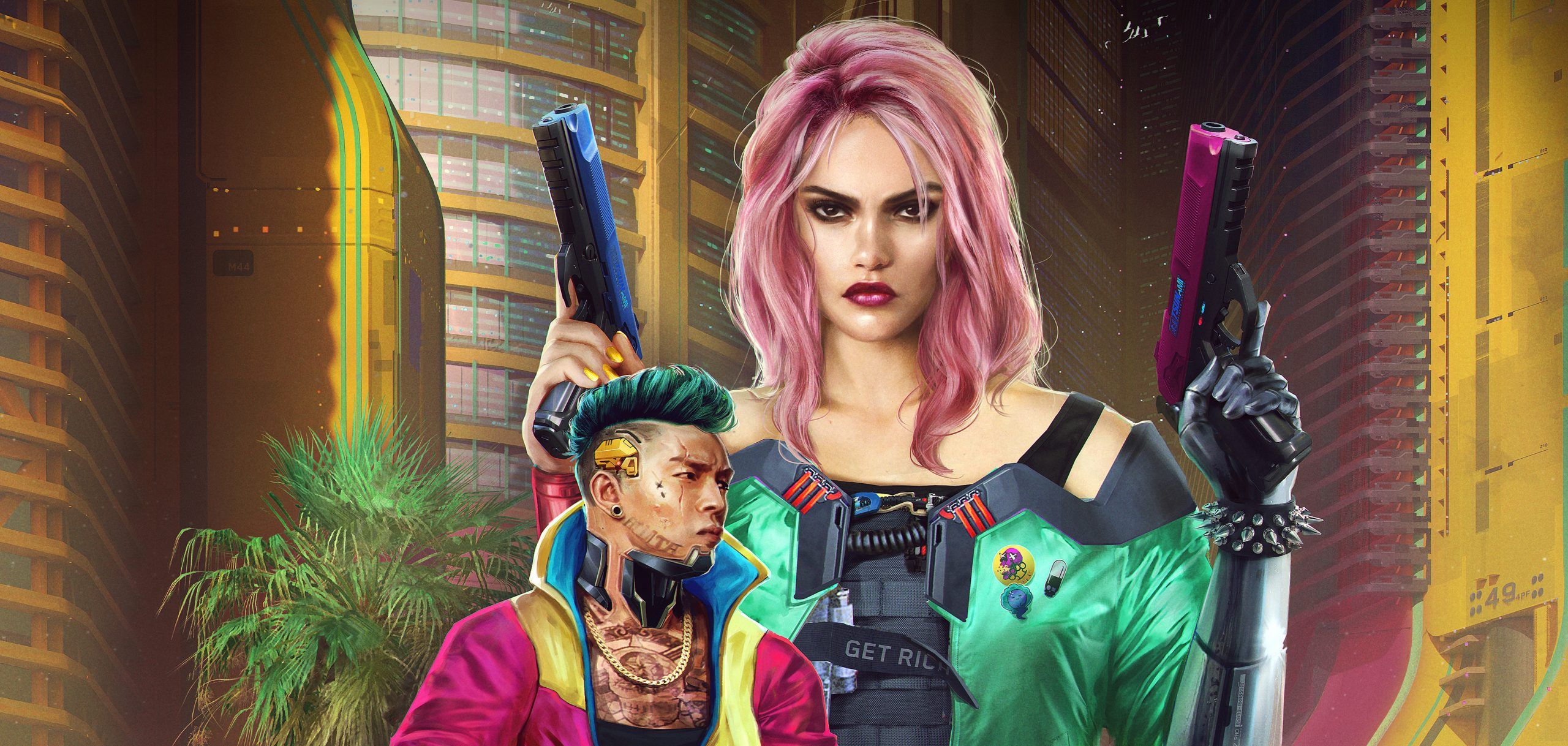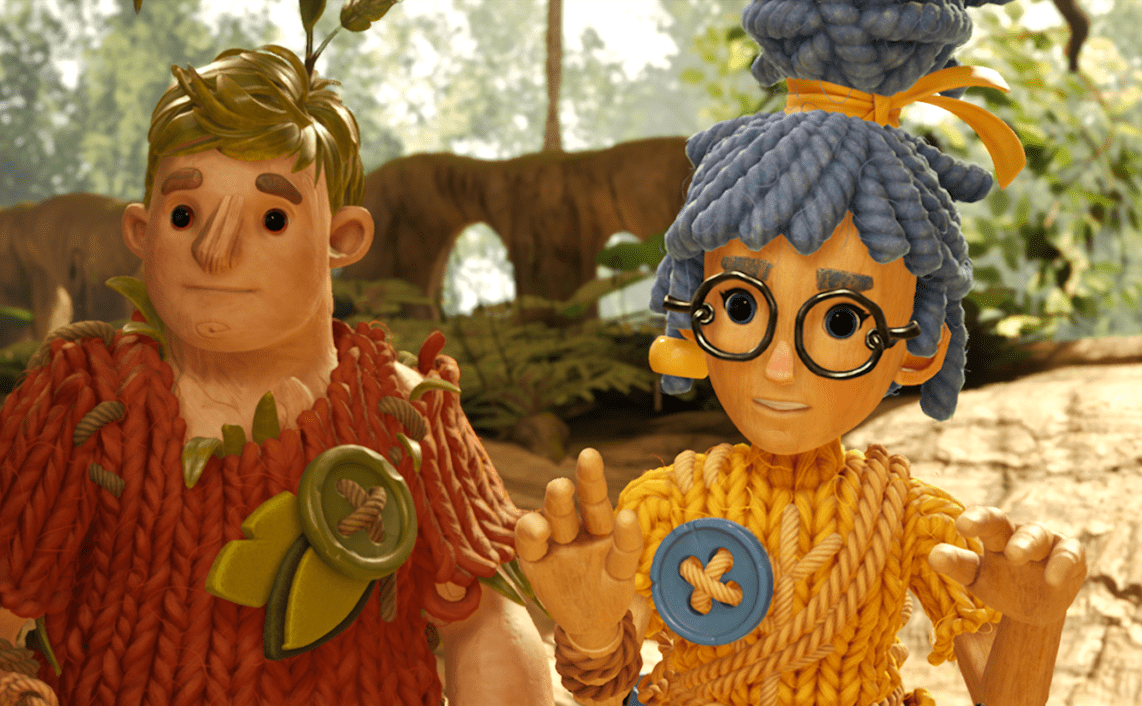There’s an unexpected sensation in modern games’ open worlds that is best described by the bit cheesy, yet fitting expression of ‘feeling at home’. It’s the rewarding excitement when you find the distant desert city in Zelda: Breath of the Wild after a long arduous hike, or stumbling upon a hidden cave in Skyrim’s inhospitable wilderness. Not because the game told you where to go, but because you had learned to listen to what it’s world was communicating to you all along. It’s when open worlds ar at their best and their staged playgrounds for escapists’ amusement suddenly grow to become believable, tangible places, that feel like they wouldn’t stop existing after the player sees the credits roll.
Cyberpunk 2077‘s Night City brings everything to the table to craft such a memorable experience, if it wasn’t for the excessive hand-holding, even in the most straightforward of side gigs, signaling a deep distrust in the player’s curiosity and interest to forge their own path through the city’s vibrant urban canyon.
Night City brings everything to the table, if it wasn’t for the excessive hand-holding, signaling a deep distrust in the player’s curiosity and interest in forging their own path.
Take Jig Jig street, Cyberpunk‘s dystopian version of a sex-sells amusement district. It’s one of the first iconic places the storyline sends the player to and allthough it is as distinctive as it is vibrant, the game finds it necessary to place a prominent marker and the most direct route to it on the mini map, every time the player is asked to return to the location. It could just as well tell the player to please not waste any time looking around, as interesting and pretty the world stray from the critical path may be, and to kindly hurry up a bit.
How wunderful of an immersive experience it could have been if instead, the game would have trusted the player to build his own mental map of Night City, adding personal memories and experiences to each location and thus building a deeper relationship with the world. Instead, the game processes, filters and lays out every information the player collects, in a way that is so convenient, that it feels foolisch to ignore and to engage in the far less layed back process of actually thinking for yourself.
How wunderful of an immersive experience it could have been if the game would have trusted the player to build his own mental map of Night City. Instead it is seemingly telling the player to please stop looking around and hurry up a bit.
There are plenty more examples too. Such as detective style set pieces, where the game readily highlights every item of importance, rendering the more motivated players’ efforts of diving in to the victim’s story and building an understanding of which items might have played a roll in the sequence of events leading up to it’s fate for themselves, obsolete. Same can be said for the game’s love for inflationary highlighting all other sorts of collectable items, be it useful upgrades or recycable junk. It’s almost as if the game’s hand-holding is an acknowledgement of it’s information overload and the lack of understanding when loosening the grip would have benefitted the experience. Pulling the player’s attention away from the scene and the lovingly crafted world it plays in, over and over again. 1
In a game so rich with lore to discover and memorable places to dive into, it’s a shame the information density is subpar in a way that the bombardment with unnecessary attention grabbers not only distracts – but hinders the player to engage with this world on their own terms, lead by their own interest and curiosity.
- CD Project Red seems to have come to the same conclusion, as they adressed the issue in patch 1.5. ↩︎




